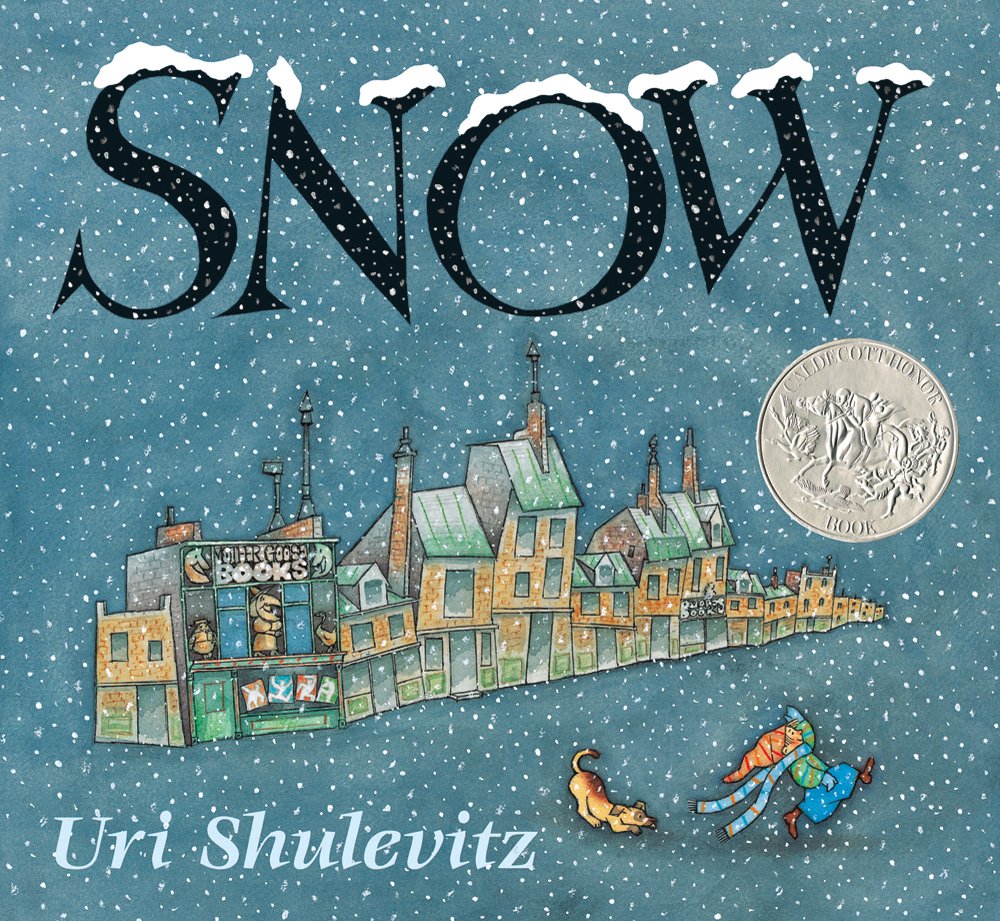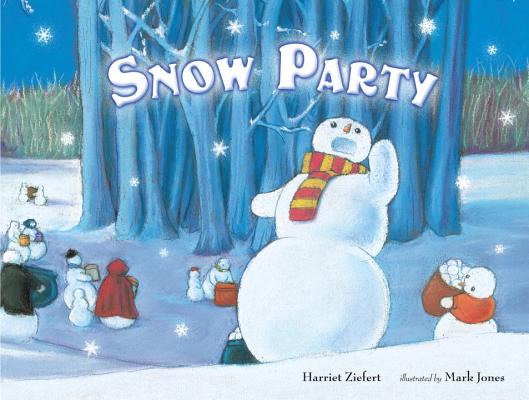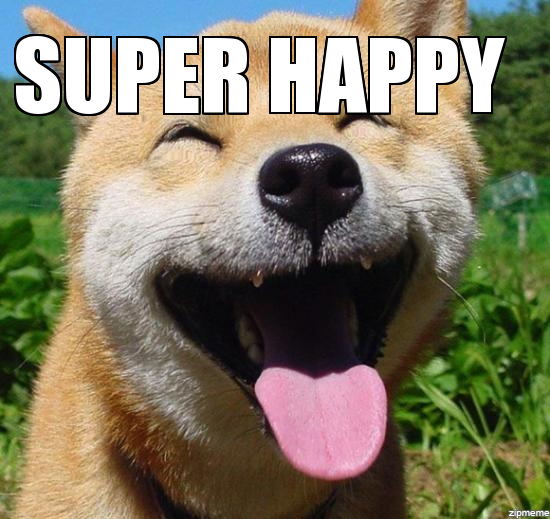Now onto the serious stuff.... Is it ever too early to start teaching certain concepts to Kindergarten? That was my big predicament with this one. I knew I wanted to explore structures and buildings with them but was the word and concept of Architecture TOO BIG? I ended saying No! Now while I'm not sure if they will remember the word next year or later on this year, at least it is planted in their little minds :)
I can statements: I can identify shapes & I can talk about architecture
This is one of those projects all over Pinterest that I wanted to try my hands on. Here is just one of many links via Pinterest...
Day 1: Started off with the beautiful story Snow by Uri Shulevitz which happens to be a Caldecott Honor Book. After reading, I turned to a specific illustration of the city and used some questioning strategies to see if they could figure out what architecture was or what an architect did. A few kiddos were actually able to figure it out!
After a little deeper conversation we watched this YouTube video... I was a little nervous if it was too hard of language but it did a great job with the shapes which was going to be the center of our project.
This project had a lot of prep but it cleaned out my scrap drawer which was a win. I cut a TON of squares, triangles, and rectangles of different sizes and dimensions and had them sorted into boxes. Kinders had to be architects and arrange the pre-cut shapes to create a house or building. I did a demo of my own arranging shapes on the document camera. When they had their shapes laid out into their structure on their paper they had to get a thumbs up from me before they could glue. Once the gluing was done they came over to the snow station where they used a Q-Tip to add snow with white tempera paint.
Day 2: Quite a few remembered what it meant to be an architect and then we talked about counting all the shapes on our buildings. The biggest thing was that even if we covered up part of a shape, like when making a chimney with a rectangle, it was still that shape. They each got one of the papers below and counted and wrote their number shapes. I had them check with another person to see if they counted the same amount before they turned it in. If a kiddo was absent when we did the project they were "the assistants" for counting.
This didn't take more than 10 minutes and then we started our next project which continued on the architecture concept. Stayed tuned for those, you'll love them I promise!
These were displayed with 1st grade's Winter Landscape Windows
Jefferson Elementary....
McDill Elementary....




